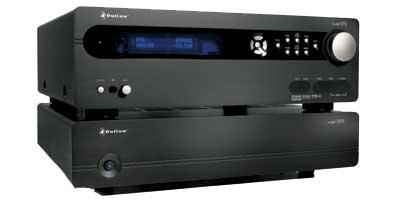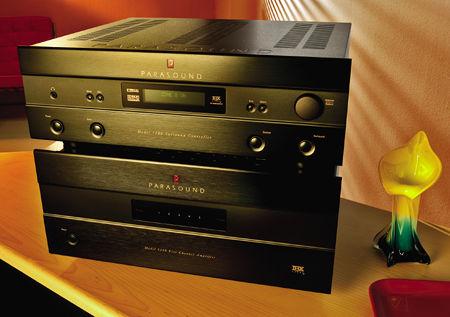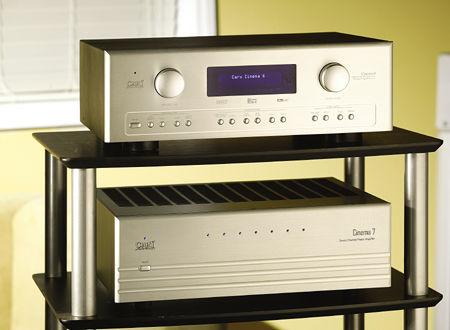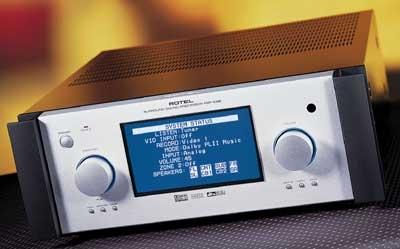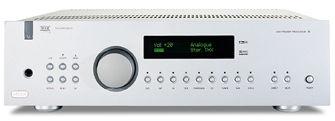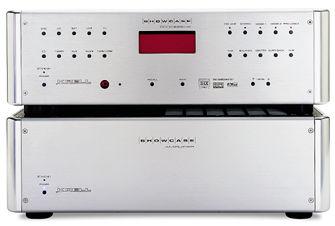Surround Processor Reviews
Sort By: Post Date TitlePublish Date
|
Dec 31, 2006
|
Dec 04, 2006 |
First Published: Nov 04, 2006
|
Sep 02, 2006
|
Jul 14, 2006
|
Aug 30, 2005 |
First Published: Aug 31, 2005
|
Sep 18, 2004 |
First Published: Sep 01, 2004
|
Mar 01, 2004
|
Jul 14, 2003 |
First Published: Jul 15, 2003
|
May 12, 2003 |
First Published: May 13, 2003
|
Dec 19, 2002 |
First Published: Dec 20, 2002
|
Nov 04, 2002 |
First Published: Nov 05, 2002
|
Jun 11, 2002 |
First Published: Jun 12, 2002
|
Nov 07, 2001 |
First Published: Nov 08, 2001
Pages
- « first
- ‹ previous
- 1
- 2
- 3
- 4


